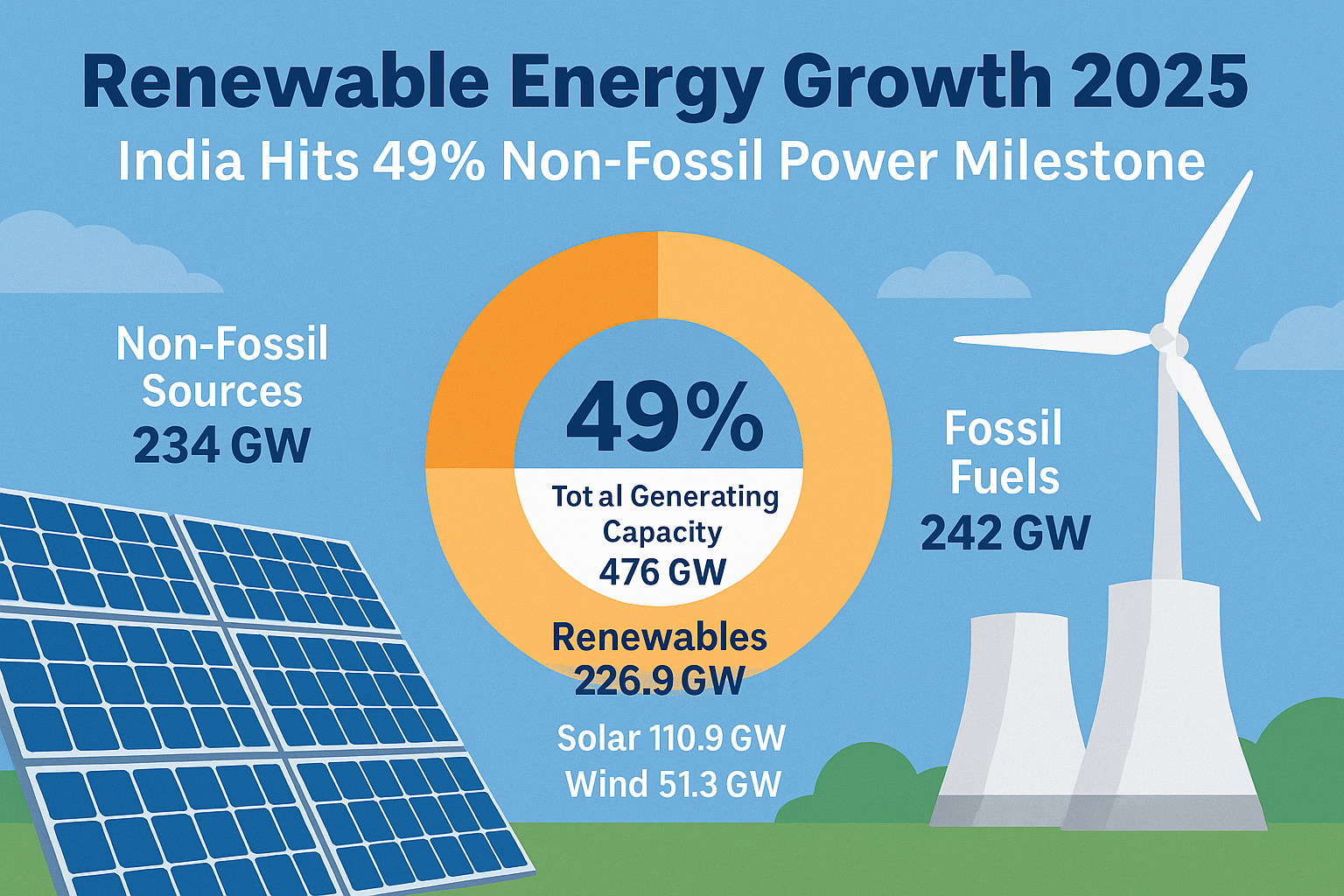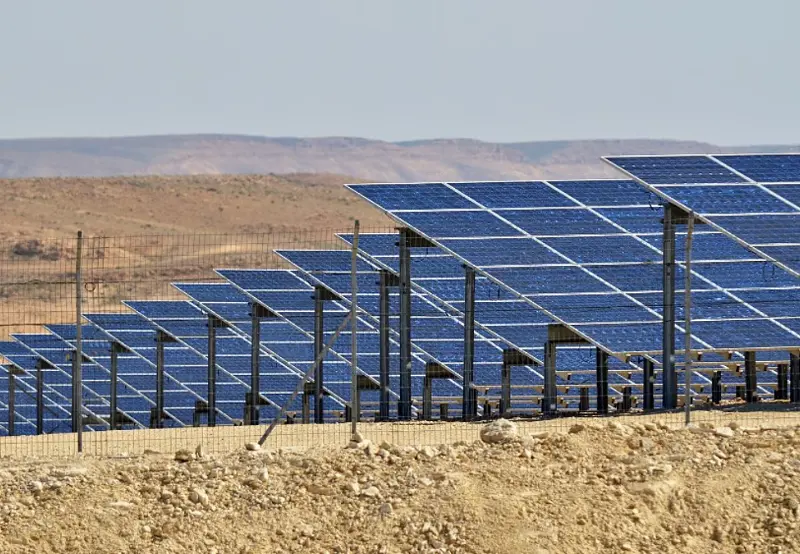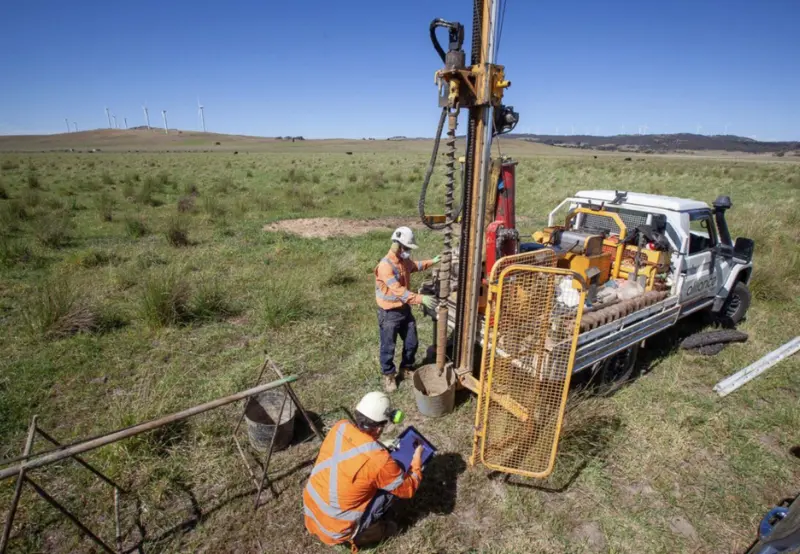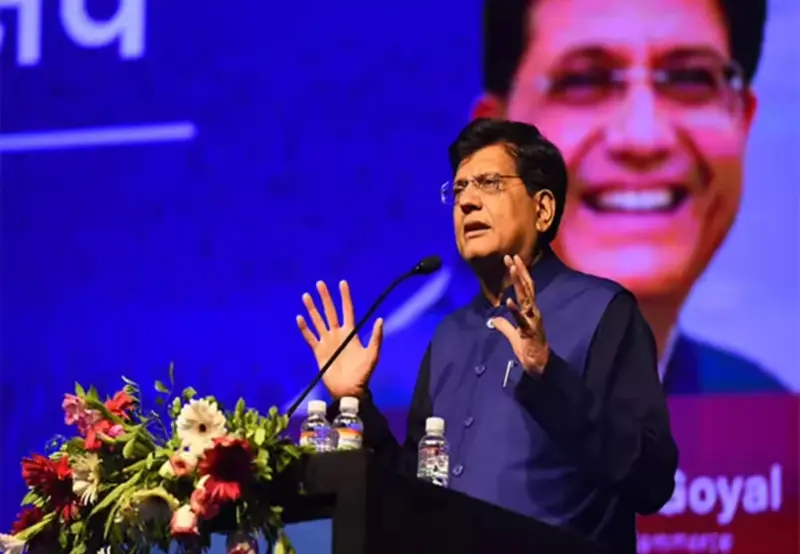India’s Renewable Energy Growth 2025 is reshaping the nation’s power landscape. With 49% of total capacity now from non-fossil sources, India is closer than ever to its green energy goals. Explore key statistics and insights.
India’s Renewable Energy Growth 2025: A Powerful Shift to Non-Fossil Sources
India has hit a landmark moment in its journey toward clean energy. As of June 2025, the country’s total installed power generation capacity has reached a robust 476 GW, out of which a significant 234 GW is sourced from non-fossil energy—including renewables (226.9 GW) and nuclear energy (8.8 GW). This means that nearly 49% of India’s electricity generation capacity now comes from cleaner, sustainable alternatives.
⚡ India’s Energy Mix in 2025: A Shift in Power
Here’s a snapshot of India’s energy composition as it stands:
- Total Installed Capacity: 476 GW
- Non-Fossil Fuel Sources: 234 GW
- Renewable Energy: 226.9 GW
- Solar Power: 110.9 GW
- Wind Power: 51.3 GW
- Small Hydro, Biomass & Others: 64.7 GW
- Nuclear Power: 8.8 GW
- Renewable Energy: 226.9 GW
- Fossil Fuel-Based Energy: 242 GW (coal, gas, diesel)
This milestone confirms that India’s renewable energy growth in 2025 is not just impressive, but a global benchmark for developing economies aiming to decarbonise.

☀️ Solar Power Leads India’s Clean Energy Race
At the forefront of India’s renewable transformation is solar energy, with an installed capacity of 110.9 GW, nearly half of the entire renewable portfolio. Massive investments in utility-scale solar parks, growing rooftop adoption, and government subsidies have accelerated this growth.
Key drivers of solar energy expansion:
🌬️ Wind Energy: India’s Second Wind
Next in line is wind energy, with a current capacity of 51.3 GW. India holds the fourth-largest installed wind capacity in the world, largely due to favourable coastal and inland wind corridors in Tamil Nadu, Gujarat, Karnataka, and Maharashtra.
Future growth is also expected from:
- Offshore wind farms in Gujarat and Tamil Nadu
- Hybrid wind-solar installations
- Improved wind turbine technologies
⚛️ Nuclear Energy: Small but Stable
India’s nuclear energy capacity stands at 8.8 GW, contributing consistently to the non-fossil mix. Although nuclear energy contributes a smaller percentage, it offers stable, carbon-free baseload power.
India’s strategy involves:
- Development of indigenous nuclear technology
- International partnerships with Russia, France, and the USA
- Target of 15 GW nuclear capacity by 2030
🏛️ Policies Driving Renewable Energy Growth 2025
India’s rapid clean energy expansion is strongly supported by visionary government policies and schemes:
- PM-KUSUM Scheme: Empowering farmers with solar irrigation
- Green Energy Corridors: Upgrading transmission infrastructure for RE
- Solar Parks Scheme: Facilitating utility-scale projects
- Renewable Energy Auctions: Ensuring competitive tariff discovery
- PLI Scheme: Boosting domestic solar equipment manufacturing
These policies create a conducive environment for both domestic and international investments.
🌍 Why Renewable Energy Growth 2025 Matters
India’s leap to 49% non-fossil power generation has profound environmental, social, and economic implications:
- 🌿 Reduced Emissions: Supports India’s pledge to reach net-zero by 2070
- 💨 Cleaner Air: Reduction in coal usage helps combat air pollution
- 💼 Job Creation: Green energy projects are generating employment nationwide
- 🔌 Energy Security: Lower dependence on imported fossil fuels
- 🌎 Global Leadership: India is emerging as a climate leader among developing nations
🔮 What’s Next? The 2030 Vision
India aims to install 500 GW of non-fossil fuel capacity by 2030, distributed as follows:
- 280 GW Solar Power
- 140 GW Wind Power
- 15 GW Nuclear Power
- Additional Hydropower and Biomass Projects
With its current progress and strong policy momentum, India is well on track to meet—and possibly exceed—these targets.
✅ A Green Energy Future in the Making
India’s renewable energy growth in 2025 is not just a data point—it’s a defining moment in the global clean energy movement. With 49% of its power capacity now from non-fossil sources, India has proven that economic growth and environmental stewardship can go hand in hand.
This is more than a transition—it’s a transformation.






